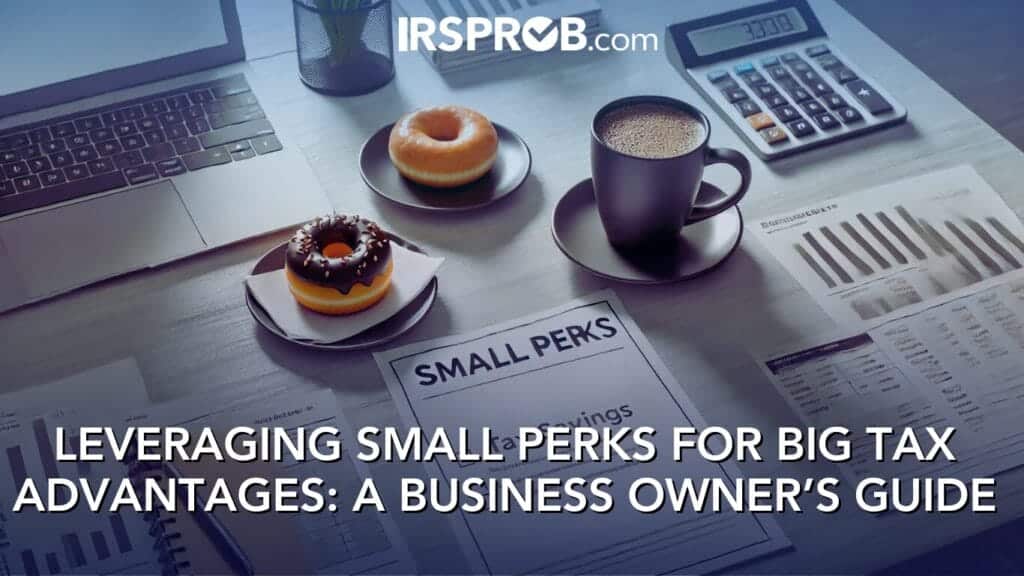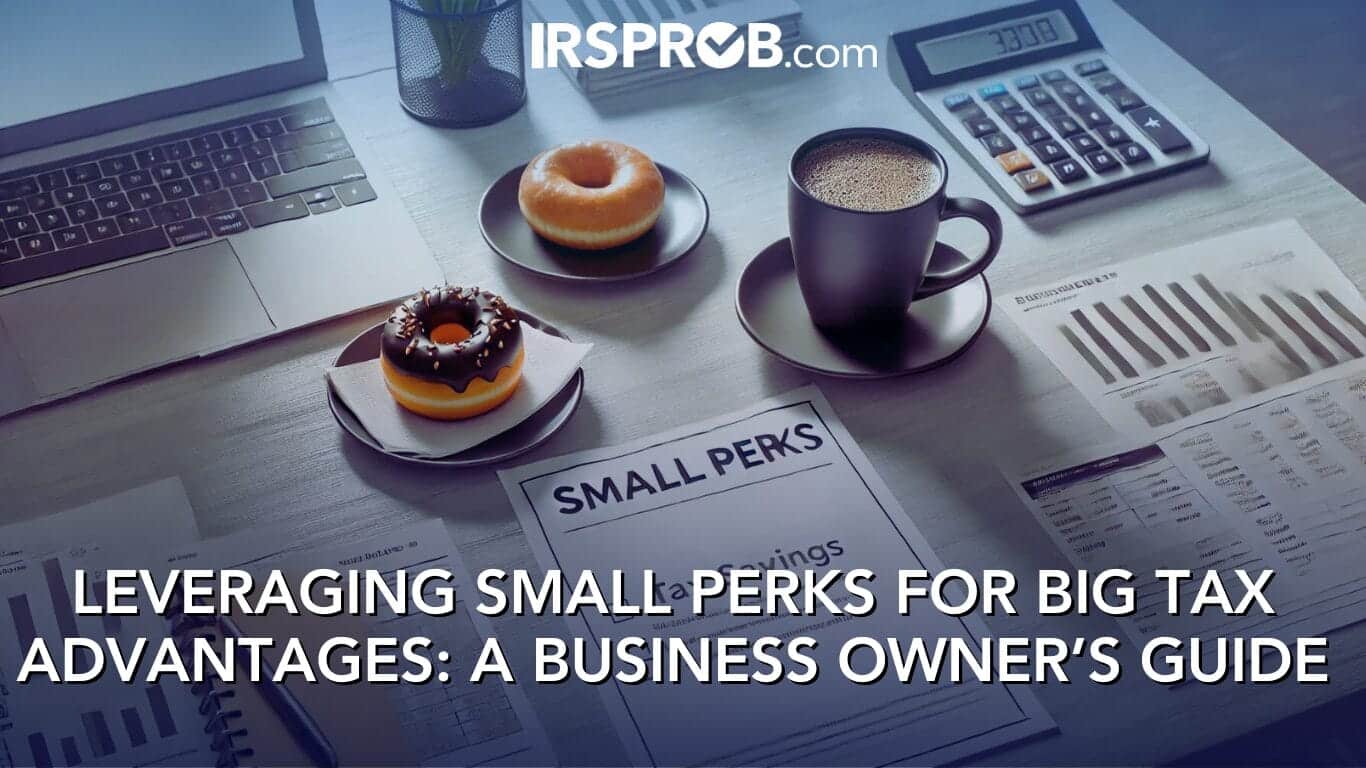
As a business owner, you may already be providing small perks to your employees, such as coffee, doughnuts, or even occasional movie tickets. While these gestures of appreciation can boost employee morale, they can also have tax implications that you need to be aware of. Understanding how to properly categorize these perks under the IRS guidelines for de minimis fringe benefits can help you maximize your tax efficiency while keeping your employees happy.
What Are De Minimis Fringe Benefits?
The IRS defines de minimis fringe benefits as benefits so small in value that it would be unreasonable or impractical to account for them. These benefits are generally excluded from an employee’s taxable income, which means they are not subject to federal income tax or payroll taxes.
Examples of De Minimis Fringe Benefits
Here are some examples of de minimis fringe benefits that are typically excluded from taxable income:
- Snacks and Beverages: Coffee, doughnuts, and candy bars provided in the office.
- Holiday Gifts: Items like a ham or turkey given during the holiday season.
- Occasional Use of Equipment: Access to a photocopier or fax machine for personal use.
- Working Late Perks: Meal money or cab fare for employees who need to stay late for work.
- Small Personal Gifts: Flowers, fruit baskets, or minimal-value birthday and work anniversary presents.
- Employee Social Events: Occasional company-sponsored parties, picnics, or outings.
- Minimal Life Insurance: Group-term life insurance coverage of up to $2,000 for an employee’s spouse or dependent.
- Promotional Items: Merchandise bearing the company logo, such as T-shirts or coffee mugs.
- Minimal Personal Use of Business Assets: Occasional personal use of a business-provided cellphone.
These benefits are not subject to tax because they are considered to have minimal value and are provided infrequently.
When Are Benefits Taxable?
However, not all perks are considered de minimis, and some may need to be reported as taxable income. Benefits that are more substantial in value or provided more frequently are generally not exempt from taxes. Here are examples of benefits that do not qualify as de minimis and are therefore taxable:
- Season Tickets: Tickets to sporting or theatrical events that are provided on a regular basis.
- Vehicle Use: The use of a company car for commuting more than one day per month.
- Memberships: Memberships to private country clubs or athletic facilities.
- Use of Company-Owned Property: Extended personal use of employer-owned facilities like a cabin, boat, or apartment.
For these non-de minimis benefits, the entire value must be included in the recipient’s taxable income. This means that both you, as the employer, and the employee need to report the value of these perks on the appropriate tax forms.
Strategic Planning for Fringe Benefits
While de minimis fringe benefits offer a way to provide small perks to employees without significant tax implications, it’s crucial to plan strategically to ensure compliance with IRS rules. Here are a few tips:
- Keep Track of Value: Although the IRS does not specify a strict dollar limit for de minimis benefits, it’s advisable to keep the value of individual perks under $100 to reduce the risk of them being classified as taxable.
- Document Everything: Maintain records of the benefits provided to employees, including their frequency and approximate value. This documentation can be invaluable in case of an audit.
- Bundle with Other Tax-Free Benefits: Some benefits may qualify for tax exclusion under other IRS rules, such as transportation fringe benefits or qualified employee discounts. Combining these with de minimis benefits can further optimize your tax strategy.
Conclusion
Providing small perks to employees is a great way to boost morale and create a positive work environment. By understanding the IRS rules around de minimis fringe benefits, you can ensure that these perks remain tax-free and beneficial for everyone involved. However, it’s important to stay informed and vigilant about what qualifies as de minimis to avoid unintended tax consequences. As always, consult the tax code and IRS publications or speak with a tax professional to tailor your approach to your specific business needs.
This careful attention to detail can result in significant tax savings while keeping your employees motivated and satisfied.









